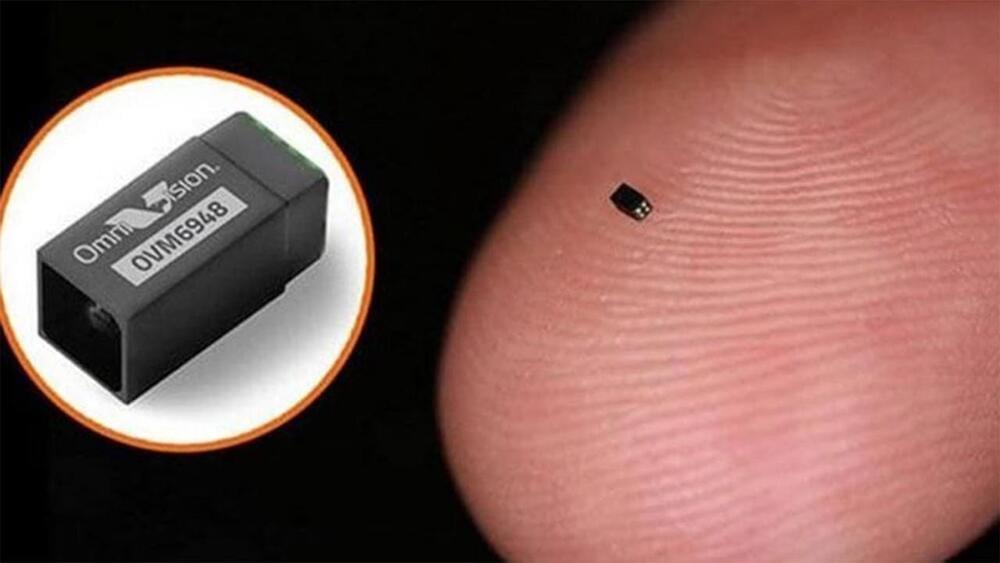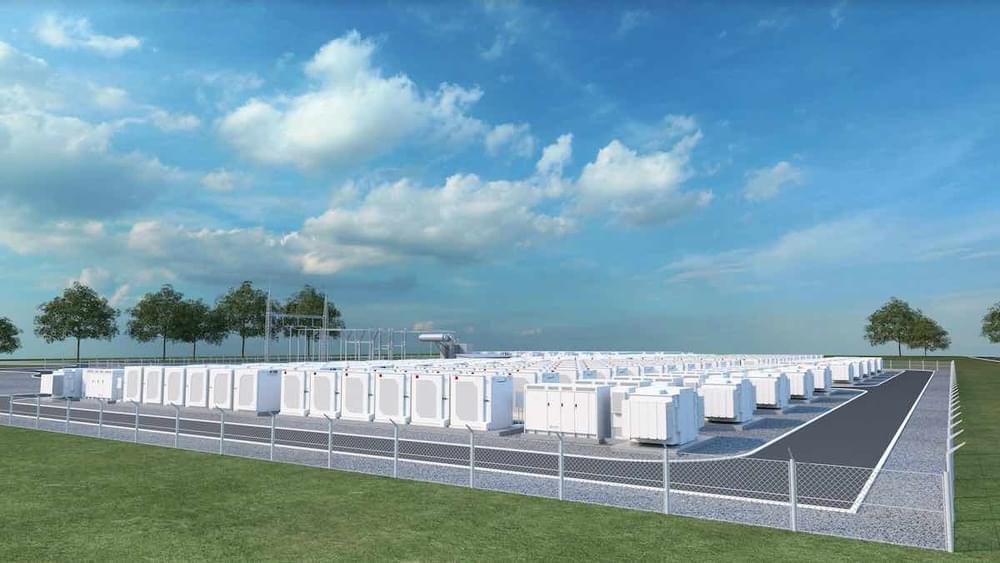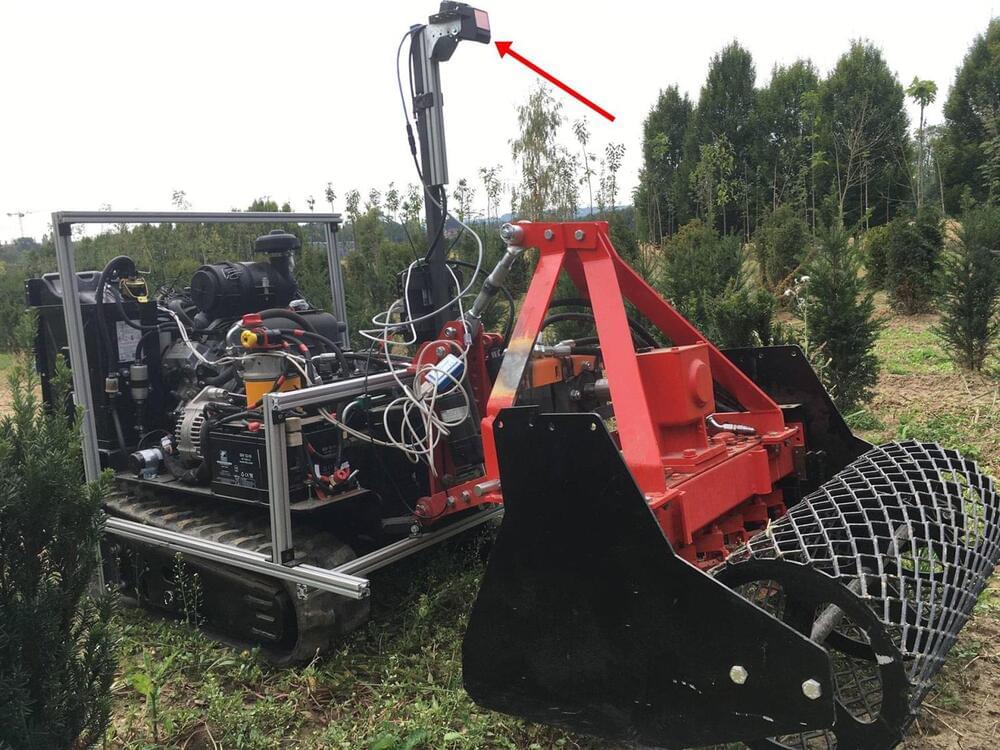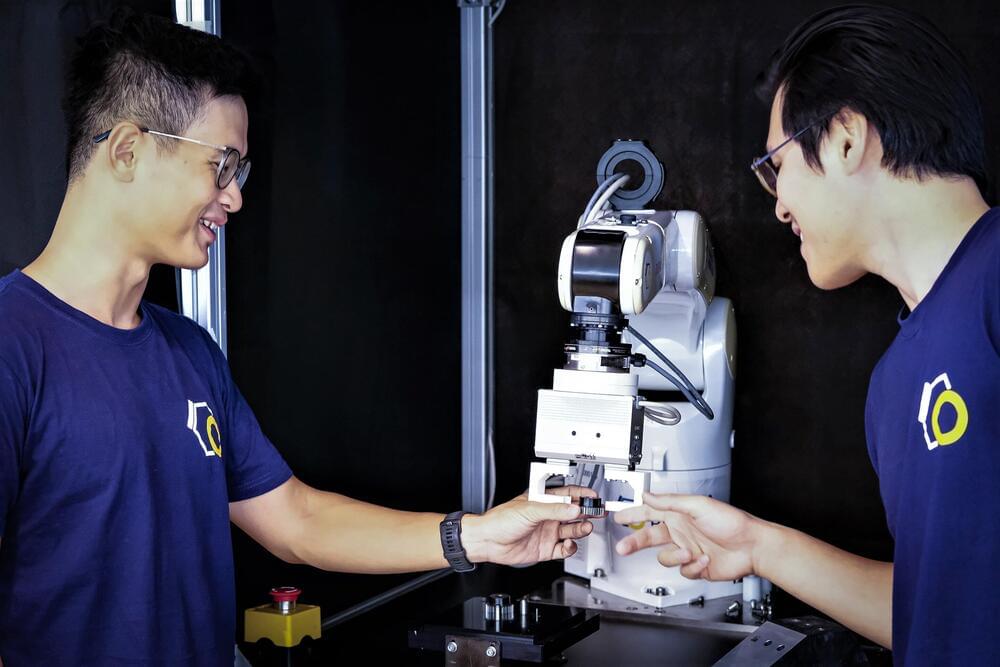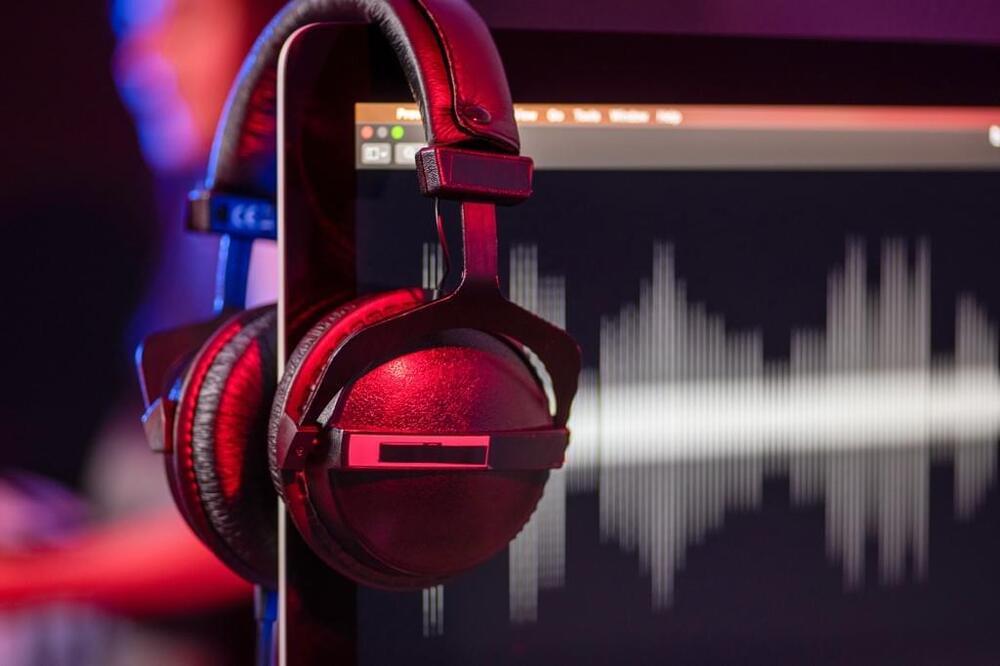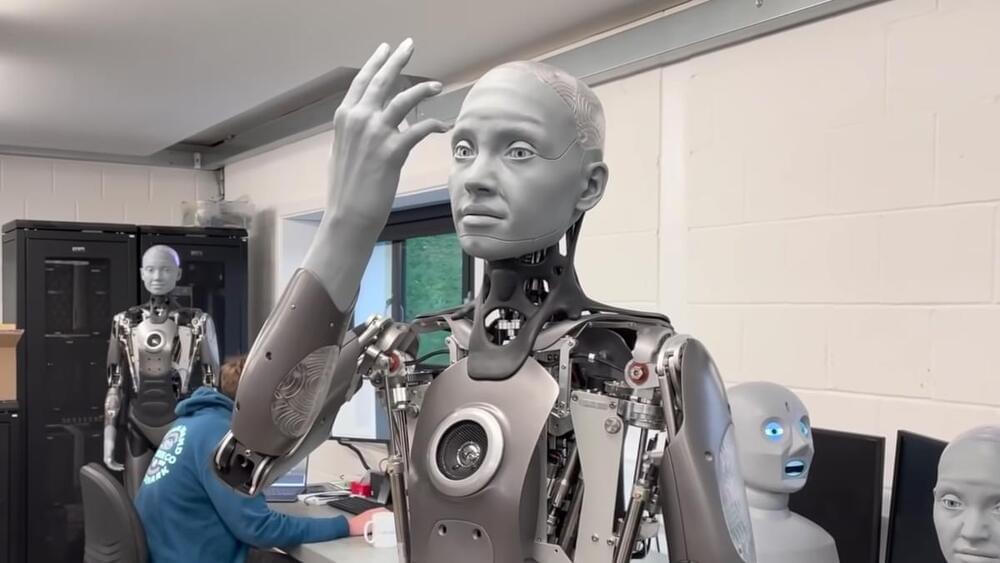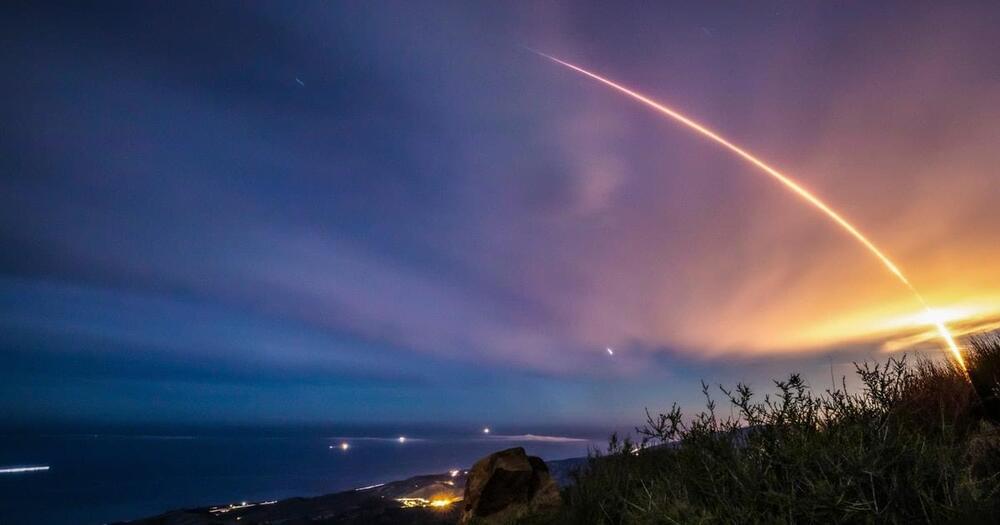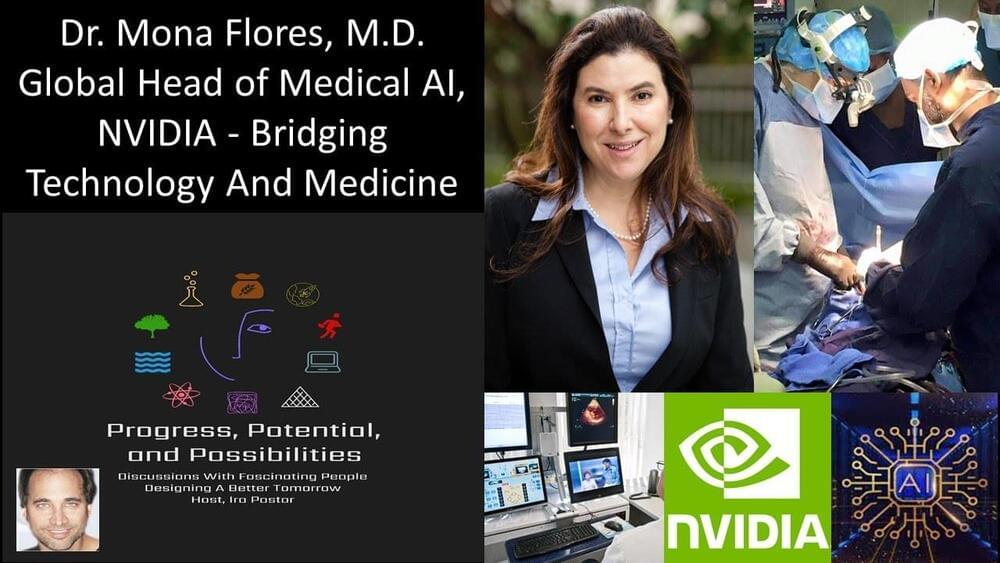Scientists with the help of next gen Artificial Intelligence managed to create the smallest and most efficient camera in the world. A specialist medical camera that measures just under a nanometer has just entered the Guinness Book of Records. The size of the grain of sand, it is the camera’s tiny sensor that is actually being entered into the world-famous record book, for being the smallest commercially available image sensor.
–
TIMESTAMPS:
00:00 A new leap in Material Science.
00:57 How this new technology works.
03:45 Artificial Intelligence and Material Science.
06:00 The Privacy Concerns of Tiny Cameras.
07:45 Last Words.
–
#ai #camera #technology
